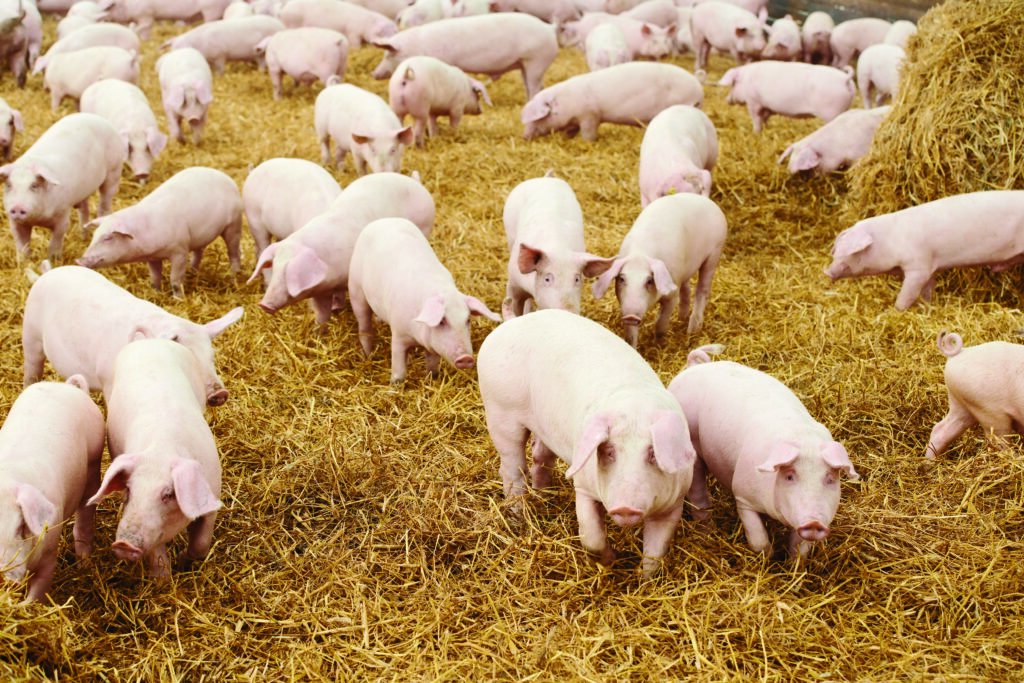Do you suffer from information overload or are you squirreling away the data?
Practically every farm is producing reams of data through checks, monitors and recording systems. We’ve got manually collected data, such as numbers born at farrowing, through to automatically recorded data from environmental reports.
The main problem with collecting this data is what to do with it. We can pat ourselves on the back with the level of recording, but for it to be of any use, it needs interpreting and then acting upon.
It is far too easy to continue collecting data, either feeling content that one day it will be analysed for the benefit of the business, or frustrated by the lack of time to utilise the information.
Yet, using data needn’t be onerous. Those with liquid feeding systems, for example, have quantities of feed delivered to pigs and can calculate feed intakes quite easily. And if we have pig weights, we can calculate feed conversion ratio (FCR) values.
There are plenty of examples that many producers could take advantage of, providing their data collection is consistent. This is a prerequisite in interpreting data.
It is largely irrelevant if the data collection procedure is different between businesses, but it must be consistent within a single business.
Another simple example of using data is my % probe analysis (I mentioned this in my August column). Every farm gets a kill sheet for each batch of pigs sent for slaughter. In the majority of cases, this data is diligently put into a folder, which then goes on the shelf and is forgotten about, unless there is something wildly awry with the weights or probes.
However, this data should be reviewed alongside previous kill sheets – the trends will tell a longer-term story.
Changes in backfat to deadweight ratio can be very small, making it difficult to notice in isolation but, monitored over time, the data is far more revealing.
I also encourage producers to calculate the optimal deadweight for the pig contract. The nutritionist should largely be able to manage carcase conformation but slaughter weight is down to the producer.
Ideally, it would be useful to have a standard deviation for deadweight lower than 2 on any batch of pigs sent to slaughter.
This data is freely available on the kill sheet, so it’s a good benchmark to follow.
For backfat, standard deviation over time should be less than 0.8 – although this is only realistically possible under good management. Pigs can achieve this if they have a low health challenge, consistent rations – preferably from fixed formulations – and are kept in environmentally controlled buildings with adequate space and good access to feed and water.
So if the standard deviations are higher, producers know there’s some work to be done to improve the rearing management.
The data is there and it should be being put to better use.




